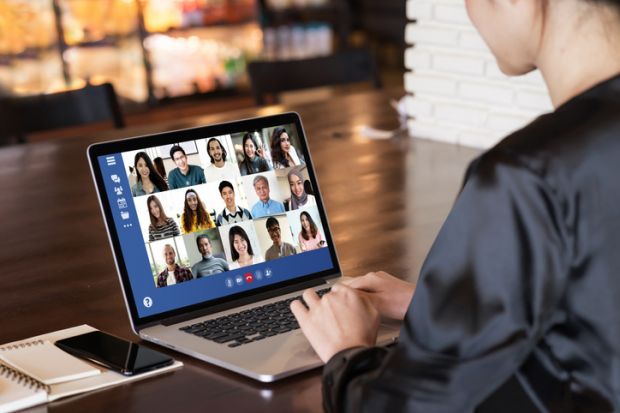As online education continues to gain prominence, the implementation of best practices becomes essential to ensure a high-quality learning experience for students. Here are some key best practices that educators and institutions should consider when navigating the realm of digital learning:

1. Clear Learning Objectives: Clearly defined learning objectives are the foundation of a successful online course. Communicate these objectives to students at the outset, providing a roadmap for their learning journey. Well-defined goals help maintain focus and guide both educators and learners throughout the course.
2. Engaging Content Design: Create engaging and interactive content to keep students motivated and involved. Utilize multimedia elements, such as videos, graphics, and interactive quizzes, to enhance the learning experience. Varied content formats cater to different learning styles, making the material more accessible to a diverse audience.

3. Effective Communication Strategies: Establish clear communication channels and expectations from the start. Regularly update students on course progress, deadlines, and any changes to the curriculum. Foster an interactive learning community through discussion forums, live sessions, and collaborative projects.
4. User-Friendly Learning Platforms: Choose user-friendly online learning platforms that are intuitive and accessible. Provide clear instructions on how to navigate the platform, submit assignments, and engage in discussions. Ensure that technical support is readily available to address any issues students may encounter.

5. Opportunities for Interaction and Collaboration: Facilitate interaction among students and between students and instructors. Discussion forums, group projects, and virtual collaboration tools help create a sense of community in the online learning environment. Collaborative activities enhance the learning experience and promote peer-to-peer engagement.
6. Assessments for Understanding: Design assessments that gauge students’ understanding of the material rather than solely focusing on memorization. Implement a variety of assessment methods, such as quizzes, essays, and practical projects, to evaluate different aspects of learning and encourage critical thinking.
7. Timely and Constructive Feedback: Provide timely and constructive feedback on assignments and assessments. Clear feedback helps students understand their strengths and areas for improvement. Encourage self-reflection and goal-setting to promote continuous improvement.

8. Instructor Presence and Availability: Establish a visible instructor presence in the online course. Participate in discussions, provide clarifications, and offer guidance. Clearly communicate office hours or virtual meeting times to ensure that students can seek assistance when needed.
9. Flexibility and Accommodations: Recognize the diverse needs of online learners and provide flexibility where possible. Accommodate different learning styles, time zones, and personal commitments. Consider asynchronous learning options to allow students to engage with course material at their own pace.

10. Ongoing Professional Development: Stay abreast of new technologies, teaching methodologies, and best practices in online education. Ongoing professional development ensures that educators remain effective in delivering high-quality online courses and adapting to evolving educational trends.
In conclusion, successful online education relies on a combination of effective communication, engaging content, and a student-centered approach. By embracing these best practices, educators and institutions can create a positive and enriching online learning experience for students.



